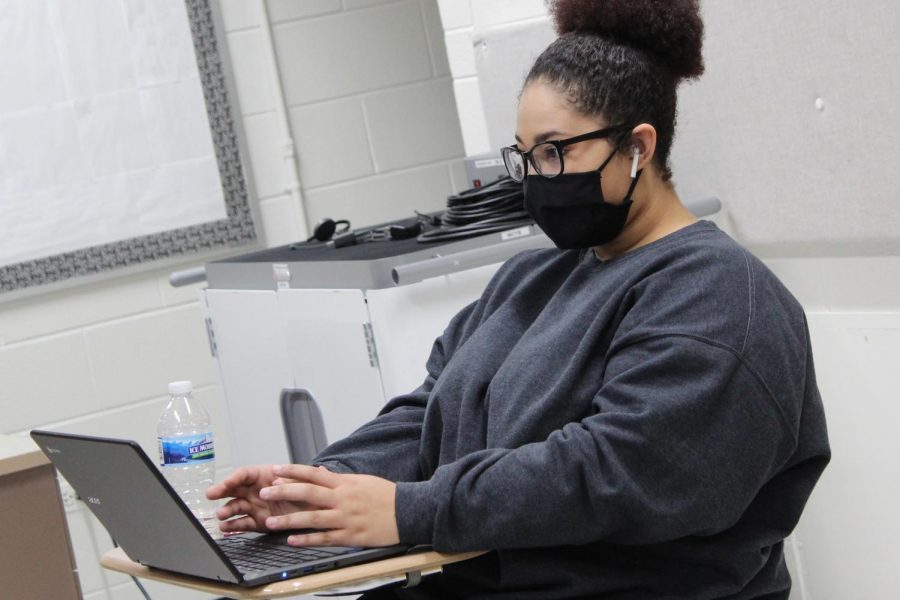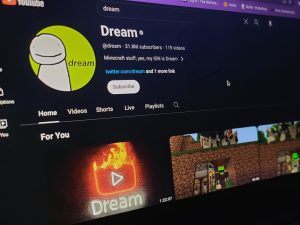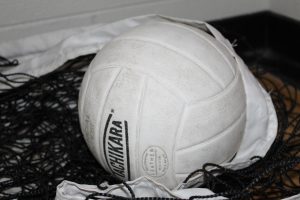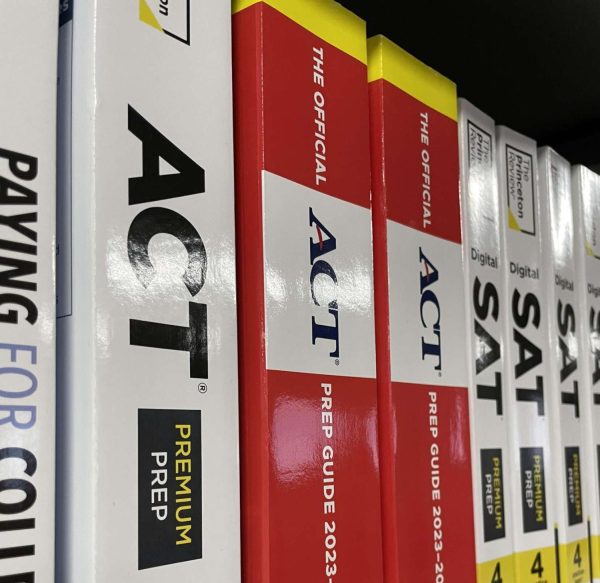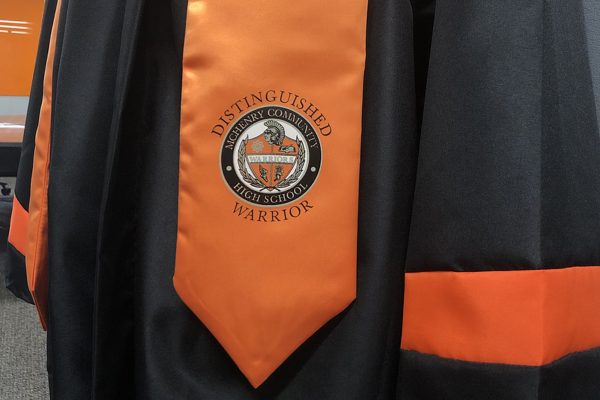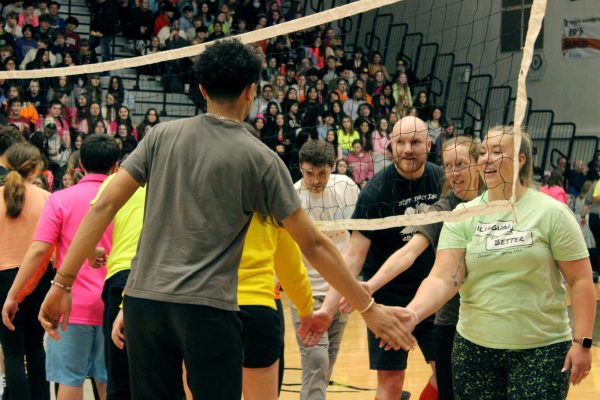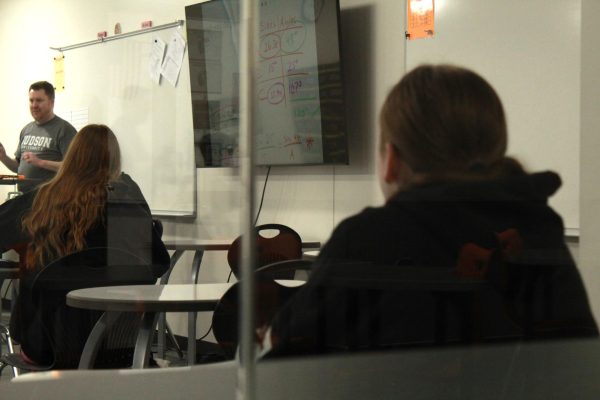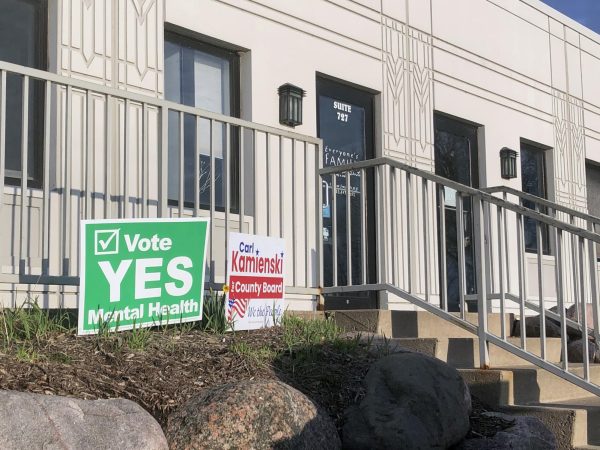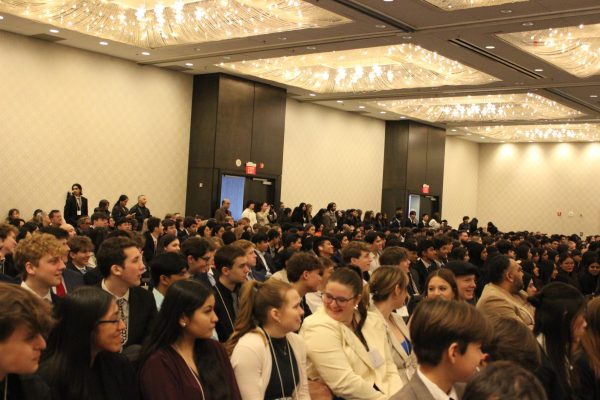Hybrid continues strong despite challenges
Although most teachers and students are excited to be back in the building, there are still some concerns as MCHS continues hybrid learning
A student sits on her Chromebook during an in-person class at West on January 27., one week after MCHS back from a semester fully remote.
February 2, 2021
After starting returning to school January 20, many students and teachers say that hybrid learning is going well, and should continue as planned as they work out problems.
While teachers figure out how to teach simultainously in-person and through Zoom, some students still at home worry about feeling left out.
“I think that some teachers could go on through hybrid and possibly forget about the digital students because they aren’t in person and just on a screen to the side,” explained Lauren Hoguet, a remote freshman student at West.
Many students have noticed that more of the attention is directed toward the hybrid learning students when teachers are teaching over Zoom and in the classroom. They are concerned that an unequal learning environment will develop over time.
“What if teachers are more focused on the kids there then the online kids? That could cause problems in their grades,” described Alexis Wilde, a hybrid student at West. Remote students might struggle in their class and have their grades go down, as a result of teachers not being able to focus on all of their students.
Students are not the only ones who are concerned about an unequal learning environment developing. Teachers are too.
“Something that I’m still working through is the online students; it’s incredibly hard to give everyone my full attention while teaching. When I’m focusing on in-person students, I miss some things with the online kids, and vice versa” clarified Mitchell Stengel, a teacher at West Campus.
With having to teach students in person and online at the same time, many teachers have found themselves tend to teach their in person students more. “Teachers are aware of the situation, and are working to fix the problem and learn how to teach another way,” Stengel added.
Students are expected to come prepared with a verification form to school everyday, but many students forget their form. “My only remaining concerns…all students need to come prepared with the signed verification form,” explained Gregory Eiserman, assistant principal at West Campus. The more students that forget to bring in their verification form, he added, the more time it will take to get the students in the building.
Every time a hybrid student goes into the building for their classes, they have to turn in a verification form. If the student forgets it, then they have to get their temperature taken and verify that they have not have had any contact or symptoms of COVID. A
dministrators like Eiserman don’t want students to be late because it took so long to get into the building. In order to prevent this problem, the administration asks that students bring their verification form everyday.
Once they get in the classrooms, students seem more willing to talk and be less shy rather than over Zoom. “I think that interactions with students and conversations during class are a lot more prevalent now that we’re in-person; students are more willing to talk, discuss, and interact with their teachers because they’re in-person” described Stengel.
Many students noted that they feel more comfortable participating in class rather than over Zoom calls. Also that it is very easy to not pay attention or ignore the teacher during class over Zoom, but in person, students don’t have that option, it can drastically improve learning.
Most students are very happy and excited to be in the classroom, as a result the atmosphere of the classroom has been very positive. Being around other students seems to have boosted the morale of students when they go to school as well as teachers.
“I think the time together in real life will be very beneficial to all of our connections with others. There are a lot more positive attitudes, enthusiasm, etc just being around each other” explained Beth Czubik, a science teacher at West, adding that, when students are happy to be around each other or in the building, they are more likely to learn and concentrate better in school.
After the first week of hybrid, students and teachers are excited to be in the building despite difficulties that are still being worked out.



